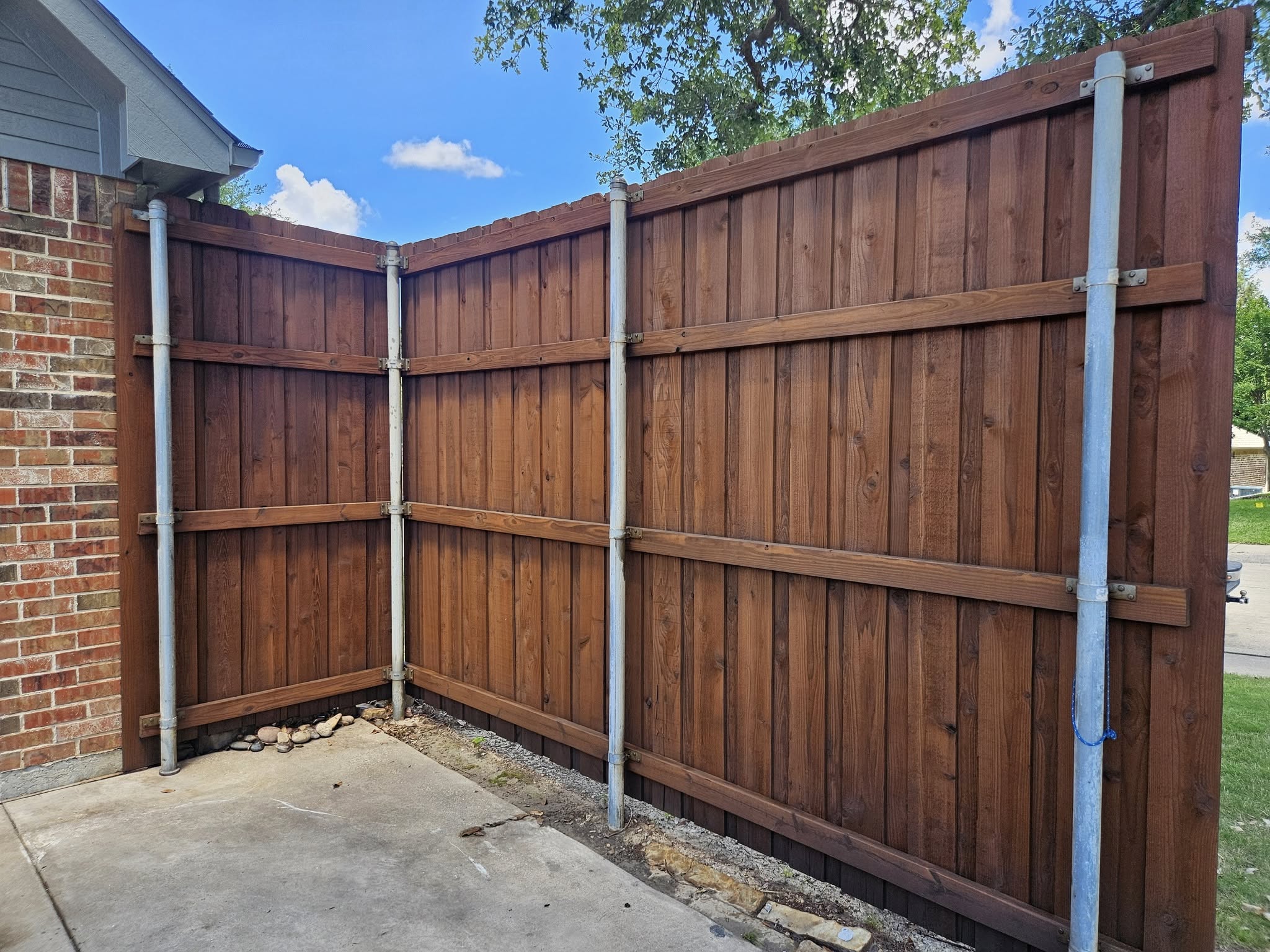
Understanding the Science Behind Long-Lasting Fence Stains Nov 07, 2025
Fence stains do more than just enhance the look of your fence; they also act as a protective barrier against the elements. The main components of fence stains – binders, solvents, and pigments – work together to provide both cosmetic and functional benefits. Binders, typically made of oil or latex, create a film that adheres to the wood surface, providing stability and flexibility. This film helps manage the natural expansion and contraction of wood due to humidity and temperature changes, among other factors.
Pigments are crucial in providing color and shielding the wood from ultraviolet (UV) rays. Without these pigments, UV exposure can cause the wood's surface to degrade over time, leading to discoloration and weakening of the structural integrity. High-quality stains, like those used by Armor Fence Staining, have pigments that reflect UV rays effectively, extending the lifespan of your fence while preserving its natural beauty.
The type of solvent used in a stain affects its penetration ability and drying time. Water-based stains, also known as latex stains, dry quickly, are easy to clean, and have lower VOC levels, making them an environmentally friendly option. Oil-based stains, conversely, penetrate deeper into the wood and are typically more durable. Choosing the right solvent based on your specific environmental conditions and maintenance capabilities is a key step in optimizing the longevity of your fence.
Preparation is an integral part of the staining process that often gets overlooked. Ensuring that the wood is clean, dry, and free of any previous coatings enhances the stain's ability to penetrate the wood effectively. Armor Fence Staining recommends using a power washer to remove dirt and old layers of stain, followed by a period of drying to achieve the best results.
Application techniques significantly influence how the stain bonds to the wood. Brushing allows the stain to work deeply into crevices, delivering comprehensive coverage. Rolling or spraying can be quicker options, yet they might not reach every nook and cranny, potentially leading to premature weathering on untreated spots. At Armor Fence Staining, our experts have honed their application skills, ensuring uniform and thorough coverage for all types of wood fences.
Moreover, climate conditions can affect both the application and longevity of a stain. Applying stain in moderate temperature conditions – not too hot and not too cold – is optimal. Extreme temperatures can cause the stain to dry too quickly or not adhere properly. Understanding your local climate and scheduling your staining job accordingly can make a noticeable difference in durability.
Lastly, regular maintenance, including inspecting for cracks or fading and applying additional coats as necessary, will extend the life of your fence stain. Even high-quality stains require upkeep to combat the relentless weathering process. Armor Fence Staining offers maintenance services that keep your fence looking pristine, reducing the need for costly replacements.
In conclusion, the science behind long-lasting fence stains is rooted in a blend of chemistry, application technique, and environmental considerations. With the right knowledge and services from Armor Fence Staining, your wooden fence can remain a beautiful, durable aspect of your property for years to come.
/filters:no_upscale()/media/ff81fe64-f851-435c-8d7a-794030937133.jpg)